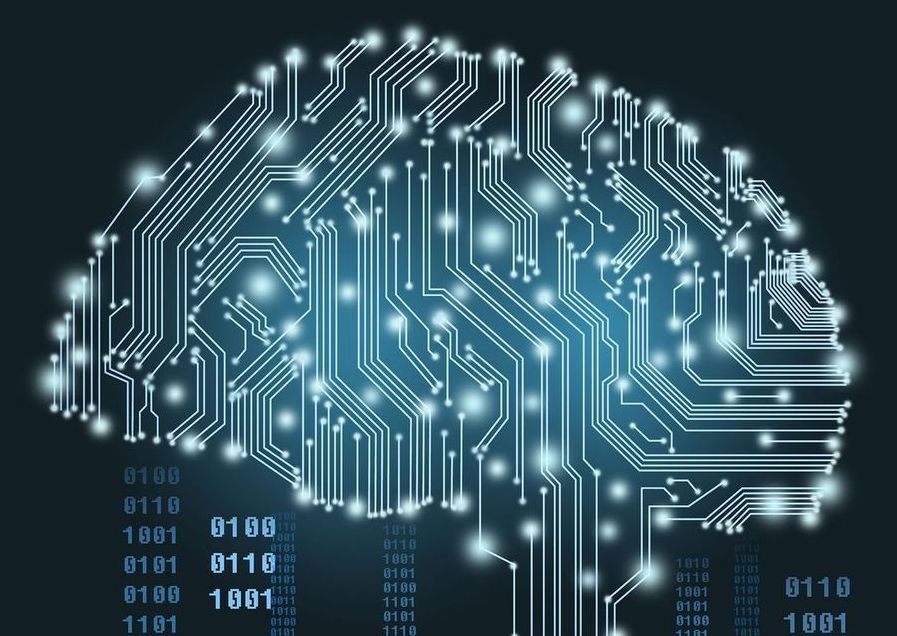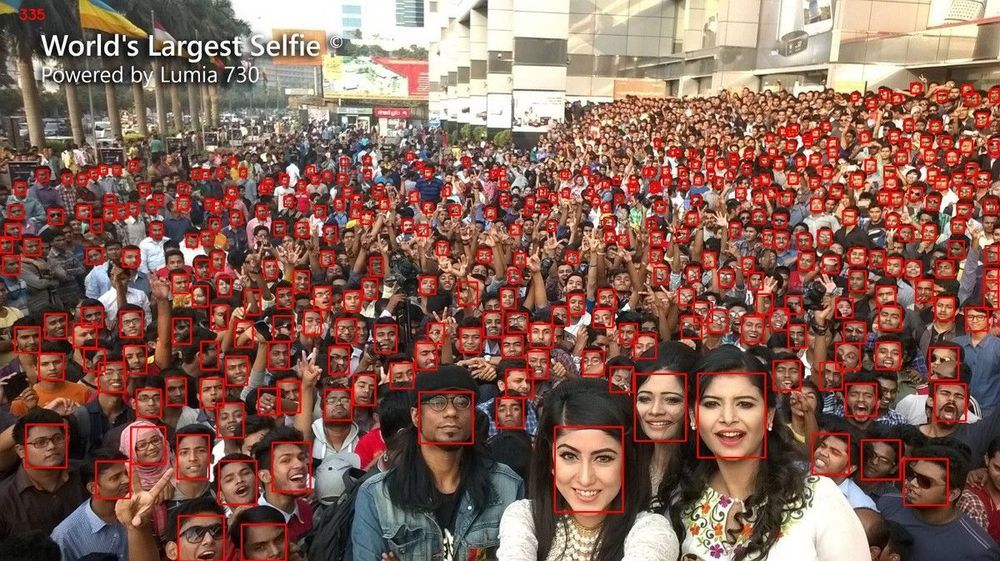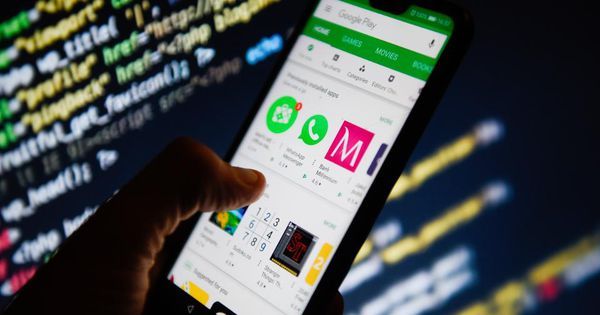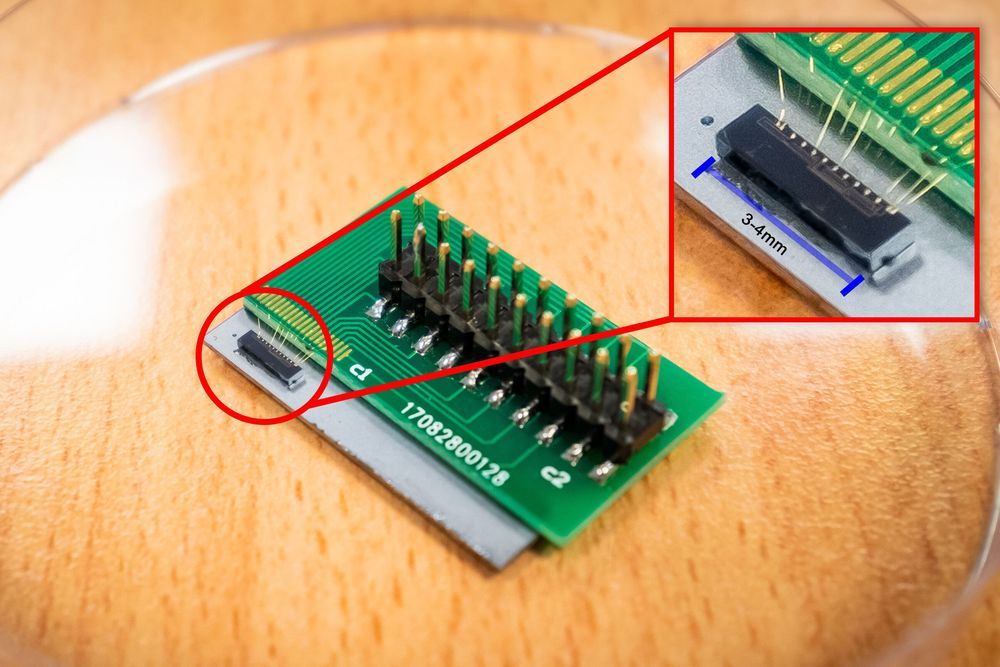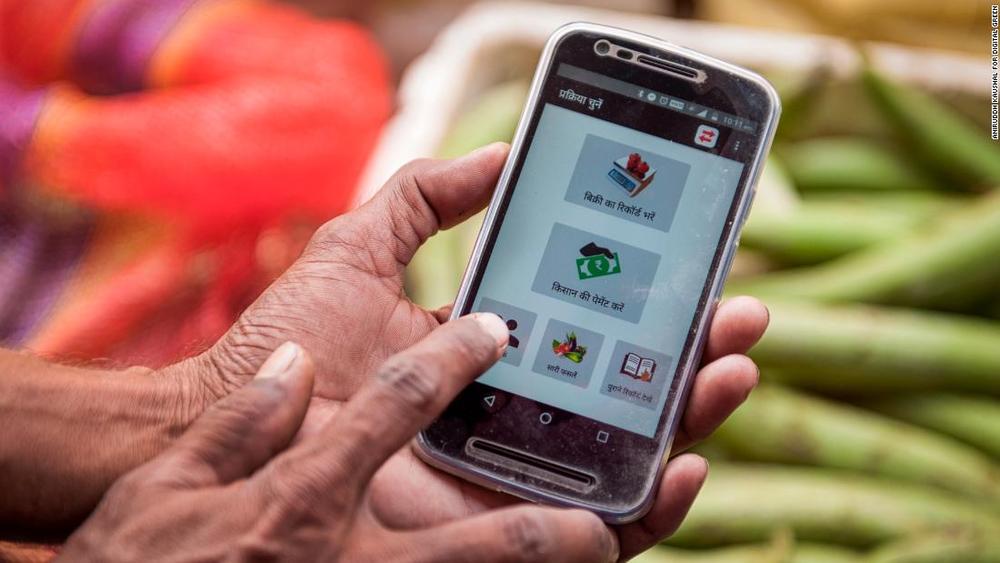Nov 5, 2019
Scientists Have Made a Blueprint For a Quantum Battery That Never Loses Charge
Posted by Quinn Sena in categories: mobile phones, quantum physics
A team of scientists from the universities of Alberta and Toronto have laid out the blueprints for a “quantum battery” that never loses its charge.
To be clear, this battery doesn’t exist yet — but if they figure out how to build it, it could be a revolutionary breakthrough in energy storage.
“The batteries that we are more familiar with — like the lithium-ion battery that powers your smartphone — rely on classical electrochemical principles, whereas quantum batteries rely solely on quantum mechanics,” University of Alberta chemist Gabriel Hanna said in a statement.



